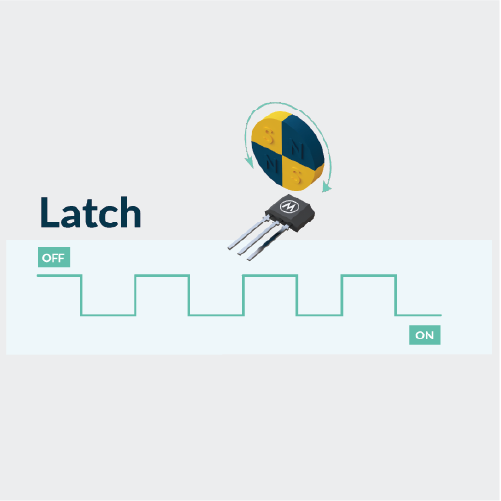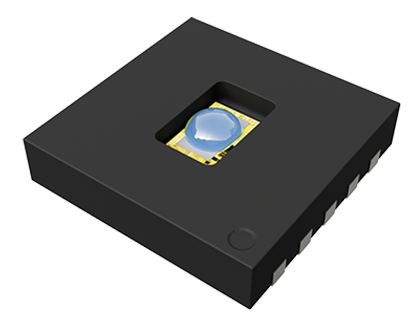Available technologies for digital health

Infrared single-point

Technology choice
- Contactless
- Medical accuracy
- Tiny package option
Description
Measuring the human body's temperature is one of the most common first steps in diagnosing a patient's health. Measurement of the body core temperature is typically taken in contact with the skin. Achieving and maintaining an excellent thermal contact to the skin is difficult and may result in unvalid measurements.
An alternative temperature measurement method is far-infrared radiation detection. This technique is advisable for wearable & medical players who are in need of accurate skin thermometry. The MLX90632 is a contactless temperature sensor that combines three unique features: small size, medical grade accuracy and thermal stability. Our sensor doesn’t require thermal contact with the skin to accurately report temperatures.
Documents and tools
Application flyer(s)

Latch

Switch
Technology choice
- Magnetic or inductive
- 2-, 3- and 4-wire solutions
- Micropower options
Application examples for digital health
Upcoming technologies
Digital health is part of our daily lives.
Melexis innovations enable further sensing of our environment and body parameters. With miniaturized solution, packaged or bare die, we aim to facilitate self-checking with accurate and reliable data.

Biosensing
BioFET interface platform
- Interfaces with biocells and BioFET
- Analysis of sweat, saliva, blood, air...
- Includes biasing, sweeping, on-chip processing and digital outputs
Description
Digital health monitoring helps users sensing biochemical content like sweat, interstitial fluid, blood drops and exhaled air. This is enabled by biosensors, small instruments for rapid and easy measurement of molecules in body fluids or gases. This technique facilitates health diagnostics or monitoring.
The Melexis BioFET (biosensor field-effect transistor) platform enables management of different BioFET sensors. It consists of an integrated biosensor and an interface that optimizes the system performance (sensitivity, limit-of-detection, dynamic range,...) and simplifies the design.










